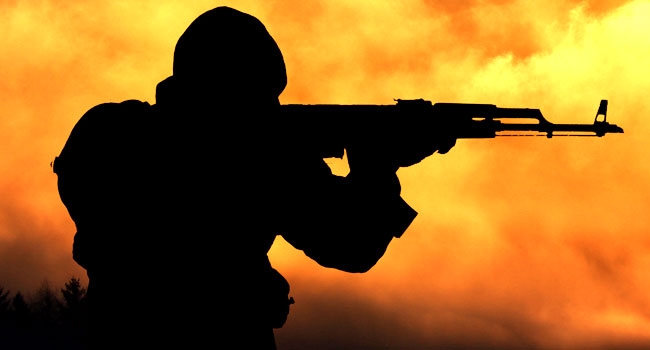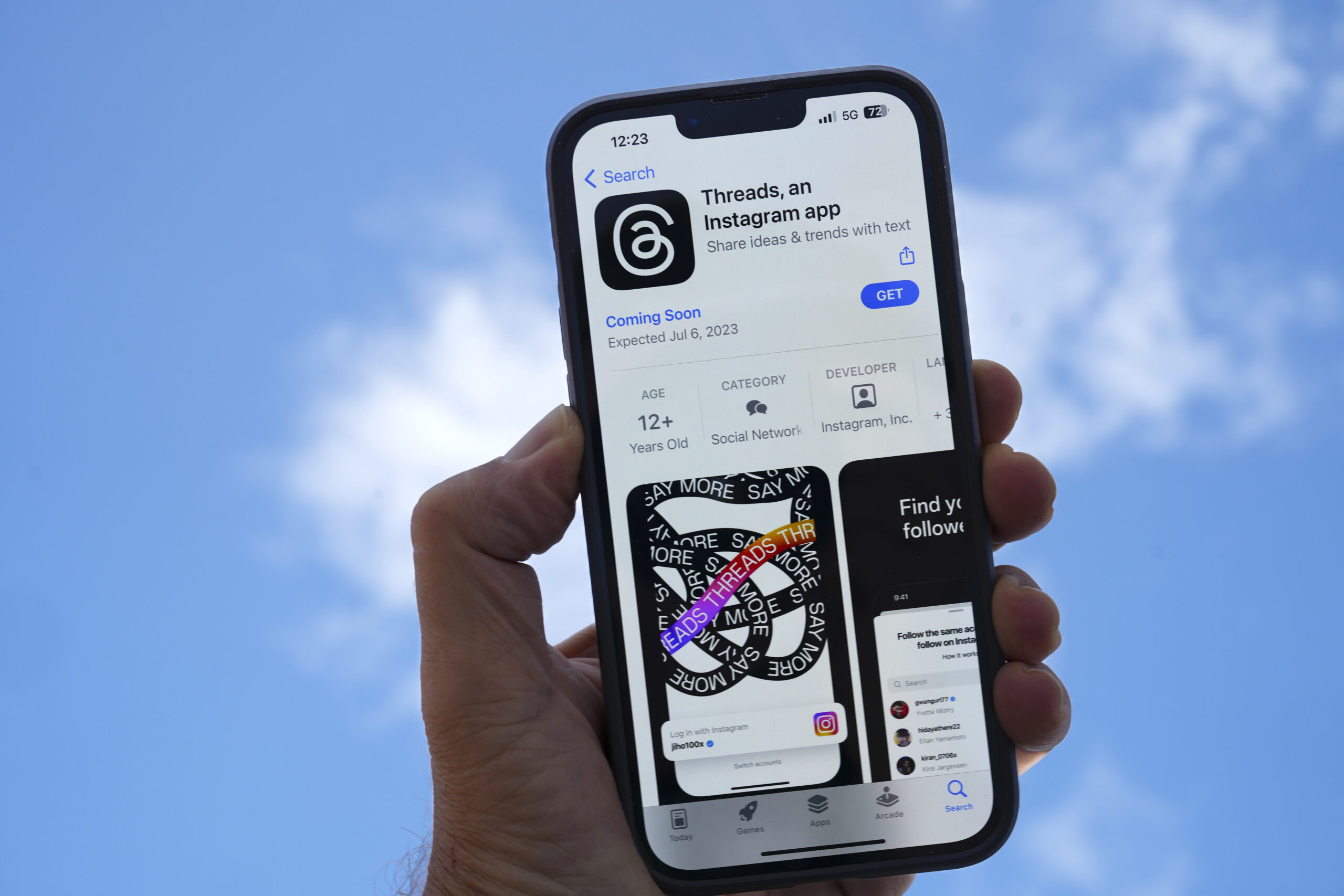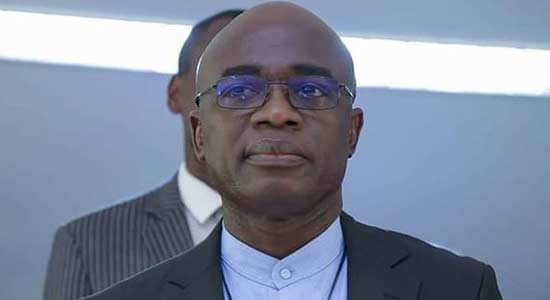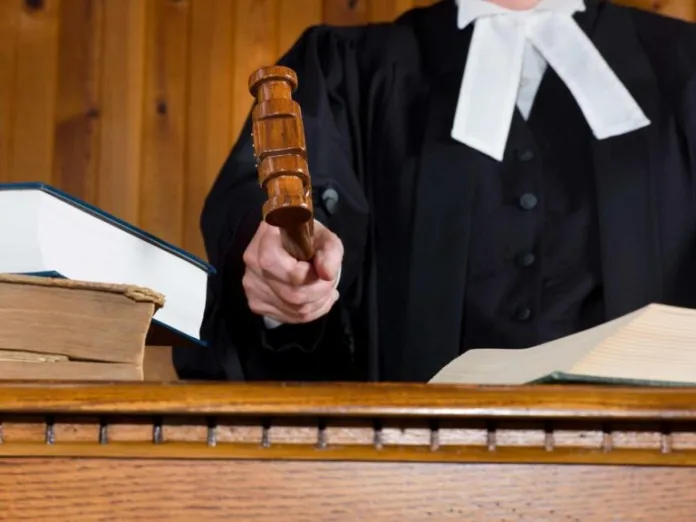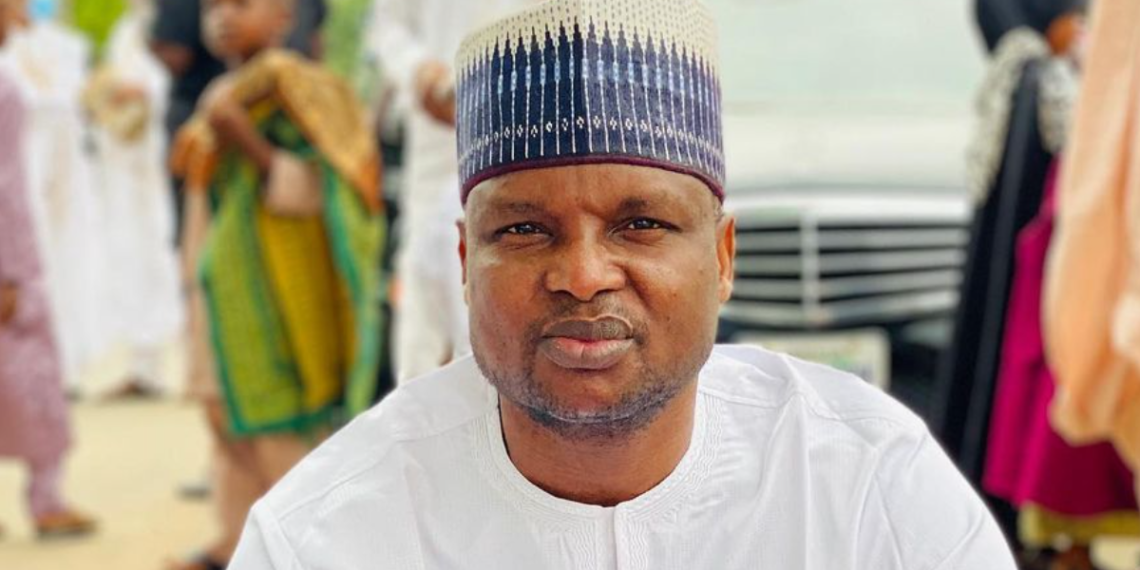The Liberty Stadium in Ibadan, the first to be constructed in Nigeria and Africa in 1960, shot the country into the world boxing fame in 1962 when it hosted the first world boxing title fight in Africa. The bout saw Nigeria’s Dick Tiger beating America’s Gene Fullmer to win the world middleweight boxing title.
The complex was one of the several infrastructure and institutions that the Chief Obafemi Awolowo government established and programmed to take the region and by extension Nigeria and the Black race to the pinnacle of global emancipation and development.
And from the early 1960s, through the 70s and late 80s, the Liberty Stadium was ‘alive,’ fulfilling Awolowo’s objectives as centre of sports engagement, activity and development in West Africa’s largest city, Ibadan.
That fight between Dick Tiger and Gene Fullmer in 1963 was one of the ways Awolowo used in showcasing Western Nigeria’s emergence as an authentic technological, social, cultural and economic regional power to the rest of the world. It saw Ibadan city welcoming the whole army of agents, managers, the media and the world’s boxing travelling fans who, in their hundreds, followed the train of the best boxing fights around the world then.
However, like many sectors of the nation’s economy, the Liberty Stadium, which stood then as a pride of Africa, has since become an eyesore, with reptiles of various shapes now occupying the edifice.
The complex, which was renamed Obafemi Awolowo Stadium by the Goodluck Jonathan administration in 2015, needs Federal Government’s intervention as quickly as possible. From the main bowl pitch, the tartan track, to the swimming pool, a first-time visitor to the Liberty Stadium will mistake it for an old theatre of war.
We learnt during a visit to the complex on Monday that a contractor removed the polyurethane on the tartan track in 2014 with a promise to replace it. It was never done.
An official of the Ministry of Youth and Sports told newsmen that when he assumed duty in 2014, the swimming pool and other facilities within the Liberty Stadium were already in bad shape. “That same year, the contract for the renovation of the swimming pool was awarded to a Lagos-based contractor. But I don’t really know why he couldn’t fix it. The same thing happened to the tartan track. A contractor came from Abuja and removed the old surface with a promise that he was coming to fix it soon. Till today, we did not see the tartan track and the contractor,” he stated.
Former Green Eagles winger, Adegoke Adelabu was one of the regular users of the Liberty stadium in his active days. He told The Guardian that it was the dream of any Nigerian player to play at the complex then. “In our days, it was a dream for anyone to play at the Liberty stadium because the complex was so good that even players from different parts of Africa wanted to visit it.“One great thing about the Liberty Stadium then was that you can beat any visiting team there, and you could also be beaten at home because the pitch was good for everyone to play football. But I don’t know how the complex suddenly became a waste. The government has to do something about it and also generate games to be played at Liberty Stadium,” Adelabu stated.
In 1980, the Liberty stadium hosted several matches during the African Cup of Nations, which Nigeria hosted, including a semi-final between Algeria and Egypt. The Liberty Stadium, along with eight other stadia, hosted the 1999 FIFA World Youth Championship. The complex hosted all of the Group C matches, one of the Round of 16 matches, and one of the quarterfinal matches.
READ ALSO: FG Restricts Foreign Trips To Two Per Quarter For Officials
Apart from the main bowl, the Liberty Stadium has three football pitches with floodlights. At inception, the complex also boasted the indoor sports hall for boxing, swimming pool, courts for tennis, volleyball, handball, basketball and hockey. Former Green Eagles captain, ‘Mathematical’ Segun Odegbami, played his first international match inside Liberty stadium in 1973 against the Central African Republic in preparation for the All Africa Games. The match was played under floodlights.
According to Odegbami, Western Nigeria became the focus of the world’s major media many months after the Liberty stadium hosted the Dick Tiger versus Gene Fulmer fight. “It was unprecedented advertisement for the people as one of the fastest and most ambitious developing regions in West Africa,” he said. “Liberty Stadium was a great showpiece because its architecture was unique. Some of its facilities were world-class and it was a local tourist attraction for visitors because its sports facilities engaged the teeming youths from schools and sports clubs, and produced national champions in many sports.”
How the decay started
Chief Segun Odegbami revealed that when the Federal Government picked Liberty stadium for renovation ahead the proposed 1995 FIFA World Youth Championship, the engineers in an Israeli firm that was contracted to do the job lamented that what they met on ground in the complex was far ahead of whatever they had brought to ‘improve’ the stadium.
“They admitted that the drainage system underneath the stadium pitch was better than the untested ‘Cell’ underground watering system they had brought and wondered why Nigerian sports administrators in charge were insisting they should go ahead with the excavation and demolition when they advised against it.
“In ‘renovating’ the stadium, the Israelis completely destroyed it. Since that ill-informed deliberate destructive act, the Stadium has remained prostate, its painted walls a shell and a constant and painful reminder of what was once one of the best in the world,” Odegbami stated. In the 80s, the Liberty Stadium was a ‘Mecca’. “People came on excursions for a tour of the facilities,” Odegbami said. “They would wait and watch the well-choreographed watering system of the turf that took place three times every day throughout the year.
“Thousands of spectators came daily to watch the training sessions of star athletes on the facilities – the great Shooting Stars FC on the lush green football training field, track and field, cricket, volleyball, badminton, basketball and table tennis athletes many of whom were representing Nigeria at the time.
“The youths from all over the state came in droves, mornings and evenings, to ‘drink’ lavishly and freely from the well of inspiration of the known star athletes training daily at the stadium.”Odegbami added: “The stadium had excellent functional floodlights. Many of the international matches Shooting Stars played at the time, mostly against football clubs from Germany, England and even Brazil were played at night.”
“I am sure if Chief Awolowo should wake up from his place of eternal rest and see what has become of the Western Region of Nigeria, one of the places that would make him wail the loudest would be the Liberty Stadium. “He would wonder how a people he left, sophisticated, enlightened and largely educated, with respect for values and a way of life that set them apart from the rest, would destroy one of their greatest legacies on the altar of personal interests, materialism, bad conduct and poor political judgments. Even in the 1950s, Chief Awolowo had understood the immense power of sport in national development. In 1971, I still met the structures, facilities, and personnel running the sports agenda of Chief Awolowo and his immediate successors. It was a visionary script for the development of Western Nigeria with sports as a major contributor,” Odegbami stated.
For years, many Nigerian athletes, including the likes of Innocent Egbunike, Chidi Imoh, Olapade Adenikan, the Ezinwa brothers (Davidson and Osmond), Sunday Bada, Chioma Ajunwa, Mary Onyali, Falilat Ogunkoya, Fatima Yusuf, Tina Iheagwam, Faith Idehen, Beatrice Utondu, Mary Tombiri and Christy Okpara-Thompson used Liberty stadium tartan track to prepare for international competitions. Today, the tartan track is like a ‘runway’ for airplanes. There is nothing covering the hard surface for athletes to carry out their track and field business.
In the build-up to Cairo ‘91’ All African Games, the hostel at the Liberty Stadium was used as a campsite for the swimmers including the likes of Mrs. Ngozi Chris Momah. Like other parts of the complex, the stadium hostel is in serious decay. Apart from being overshadowed by weeds, including cassava farm around it, all facilities inside the hostel are either vandalised or damaged. The dining hall, bathroom and toilet facilities are no go areas.
The swimming pool itself is a complete disaster. In the old good days of Nigerian sports, the swimming pool at the Liberty Stadium was one of the best in Africa. It is an Olympics size swimming pool. But poor maintenance culture, which has eaten deep into the fabrics of Nigerian sports facilities, is taking its toe on the Liberty stadium swimming pool.
Today, thick bushes have taken over the swimming pool, with athletes, who use the facilities, saying they often see snakes and other reptiles coming out of the water. The roof of the spectators’ stand of the swimming pool and the stairs have fallen off, while the tiles covering the pavement have peeled off with grass taking over more than 80 percent of the surface.
Source: The Guardian


